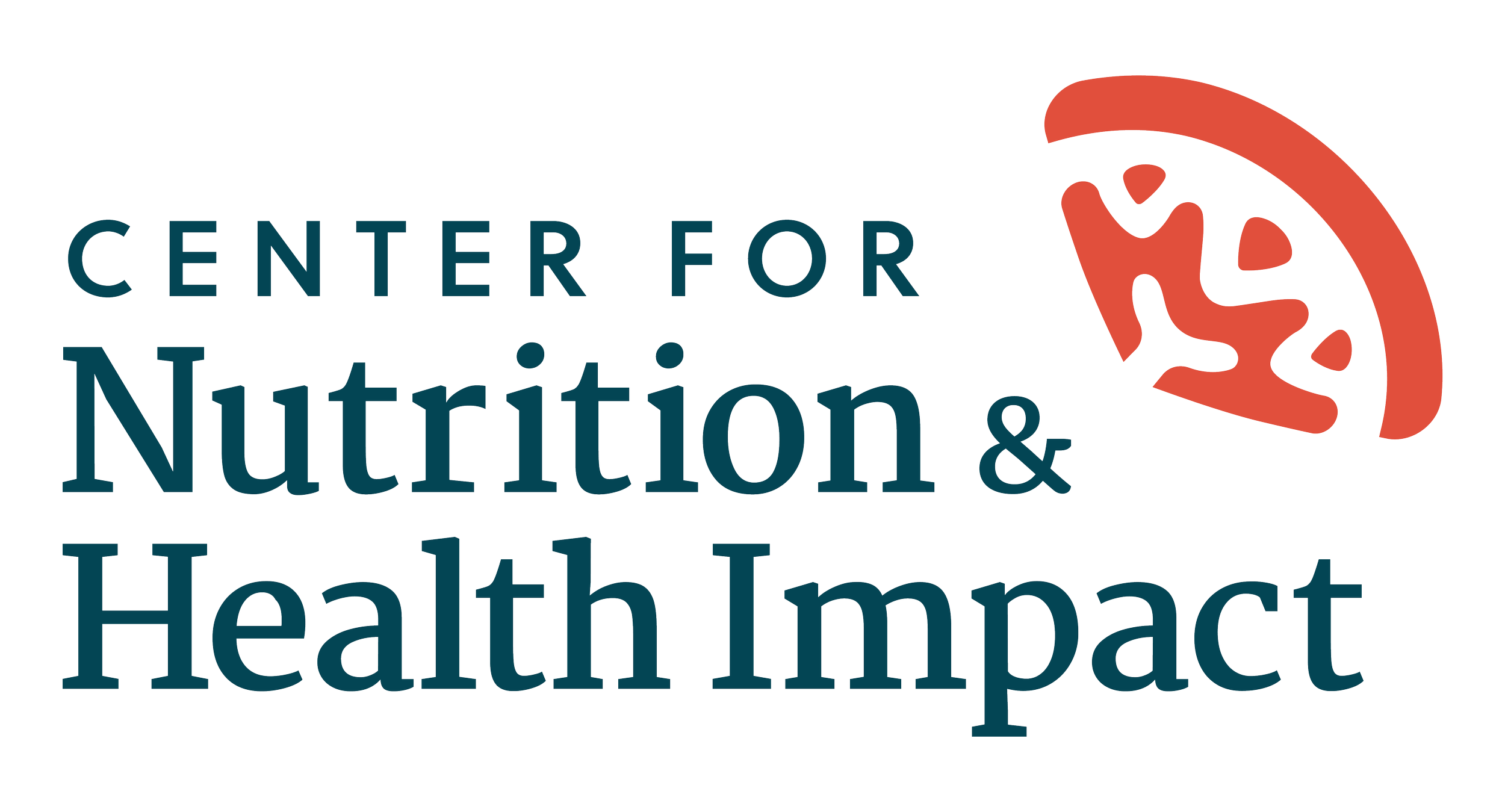------- + -------
WIC Fruit and Vegetable Study
Evaluating the impacts of the Special Supplemental Nutrition Program for Women, Infants, and Children (WIC) Cash Value Benefit (CVB) changes during the pandemic on WIC staff and participants.
Project Description
The Center for Nutrition & Health Impact (CNHI) was funded by Healthy Eating Research, a Robert Wood Johnson Foundation national program, as part of the 2021 Special Solicitation on COVID-19 and Socioeconomic Recovery Efforts to conduct a study exploring how the policy changes in the Special Supplemental Nutrition Program for Women, Infants, and Children (WIC) cash value benefit (CVB), or fruit and vegetable money, during the pandemic impacted the WIC program and child access to fruits and vegetables.
From October 2022 to February 2023, CNHI interviewed WIC State and local agency staff and caregivers of WIC participants from across the country. WIC staff included those from Indian Tribal Organizations (ITOs), U.S. territories, rural local agencies, and large urban local agencies. Similarly, interviews with caregivers of WIC participants included representation across several racial and ethnic groups from both rural and urban areas. WIC State redemption data also was analyzed to determine if the CVB changes increased access to fruits and vegetables among child participants.


